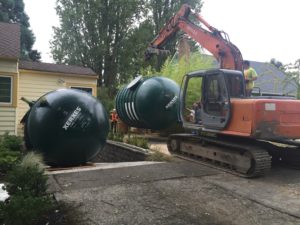 From Whatcom to Wahkiakum, rainwater collection is gaining popularity in most Washington counties.
From Whatcom to Wahkiakum, rainwater collection is gaining popularity in most Washington counties.
Whether potable or non potable, rainwater collection and use is proving to be a solution to new, stricter storm water codes throughout Washington State and elsewhere. The 2016 storm water code became effective in January 2016 and its regulations are to protect people, property and the environment from damage caused by runoff. The new code is in compliance with the new Stormwater Discharge National Pollution Discharge Elimination Systems (NPDES).
The new Stormwater Code addresses;
- Drainage control submittal and plan review requirements
- Where stormwater from your site needs to go
- On-Site Stormwater Management best practices (previously known as Green Stormwater infrastructure)
- Erosion control requirements
- Flow control and treatment requirements
- Enforcement of the code
In keeping with the 2016 new Stormwater code, a Drainage Review for your project is required if you are;
- Disturbing more than 750 square feet of land
- Adding or replacing more than 750 square feet of hard surface
- Adding or replacing more than 750 square feet of a building
Rainwater collection and use can help mitigate the hard surfaces such as pavement or roof area for new construction or remodels. On site infiltration by the way of rain gardens, drywalls, irrigation and retention of rainwater is an effective practice used in stormwater management. The use of rainwater for toilet flushing, laundry facility, wash down, cooling towers, and domestic household potable use can reduce the amount of storm water run off and a reduction of city water usage. The benefits environmentally and finically for the property owner and city can be recognized as a viable solution and is excepted as part of the reduction of storm water run off.
If you’re located in or around the Seattle area – from Wahkiakum to Whatcom, for further information on the new stormwater code, visit: http://www.seattle.gov/dpd/codesrules/codes/stormwater/


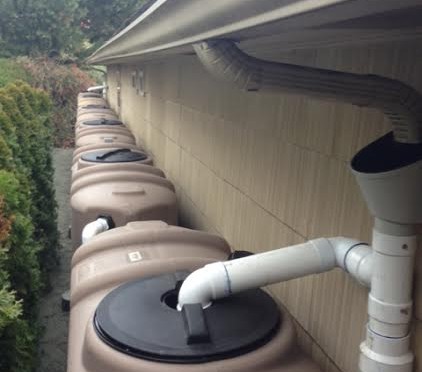
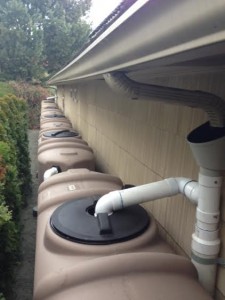 SWMP applies to the municipal separate storm sewers owned and operated by the city. SWMP address the National Pollution Discharge Elimination System (NPDES) and is permitted by ecology. Seattle Public Utilities (SPU) is the lead city department responsible for implementing permit coordination in SWMP.
SWMP applies to the municipal separate storm sewers owned and operated by the city. SWMP address the National Pollution Discharge Elimination System (NPDES) and is permitted by ecology. Seattle Public Utilities (SPU) is the lead city department responsible for implementing permit coordination in SWMP.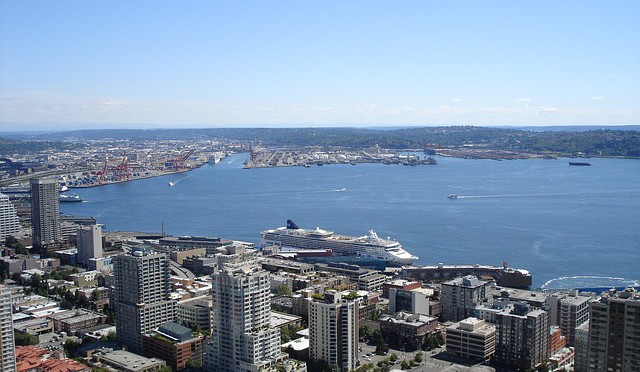
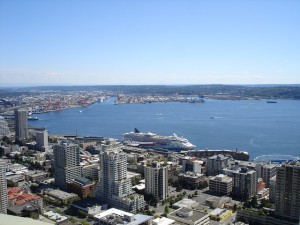 According to the World Water Development Report by the United Nations “A 40% shortfall of freshwater would be experienced as soon as 15 years.”
According to the World Water Development Report by the United Nations “A 40% shortfall of freshwater would be experienced as soon as 15 years.”